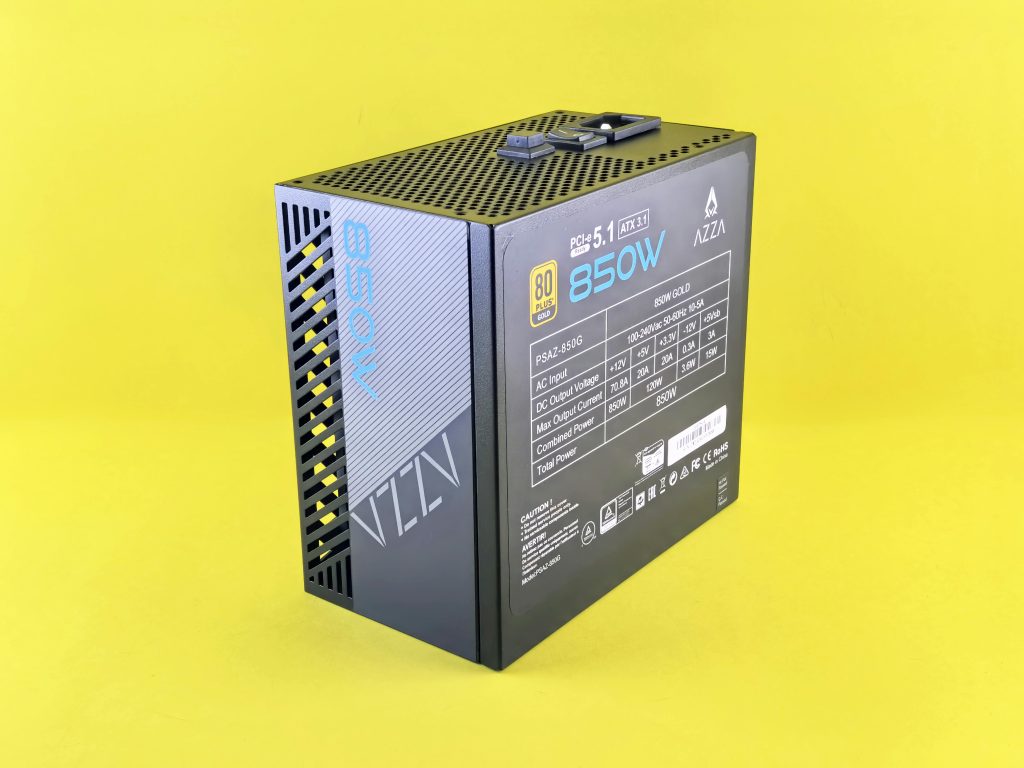Troubleshooting Performance Issues After Upgrading to a New Motherboard: Addressing Slow Website Loads and Network Errors
Upgrading your computer hardware can lead to significant performance improvements, but it can also introduce unforeseen compatibility or configuration issues. Recently, a user upgraded their system with a new motherboard and processor—specifically, a B850 Aorus ICE motherboard paired with a Ryzen 9 9800X3D. After completing the installation and setting up Windows, they encountered several connectivity and performance challenges that disrupted their usual workflow and entertainment experience.
The Issue at a Glance
Post-upgrade, the user reported:
– Extremely slow website loading times, including popular platforms like YouTube and Twitch.
– Inability to stream videos in 4K resolution, with pages loading interminably.
– An error code (30003) when attempting to play Star Citizen, indicating a network-related issue.
– A consistent internet connection and speed test results indicating 1 Gbps bandwidth, identical to prior setup conditions.
Potential Causes and Troubleshooting Steps
1. Device Driver Compatibility and Network Configuration
Since the motherboard was replaced, it’s crucial to ensure that all drivers, especially those related to onboard network interfaces (Ethernet or Wi-Fi), are correctly installed and up to date. Using the motherboard’s official support page, download and install the latest LAN drivers compatible with the B850 Aorus ICE.
2. Network Settings and Connection Stability
Verify network settings:
– Disable and re-enable the network adapter.
– Reset TCP/IP stack via Command Prompt (netsh int ip reset) and flush DNS cache (ipconfig /flushdns).
– Ensure the Ethernet cable is securely connected and functioning properly.
3. Router and Modem Configuration
Although the modem and internet plan are unchanged, hardware upgrades may sometimes necessitate router configuration adjustments:
– Restart the router and modem.
– Check for firmware updates for the router.
– Disable any QoS or bandwidth management features temporarily to see if they influence performance.
4. Hardware Compatibility and BIOS Settings
Ensure the BIOS is configured correctly:
– Reset BIOS to default settings.
– Enable or disable features like XMP profiles, C-States, or specific CPU features that could impact stability.
– Check for BIOS updates from the motherboard manufacturer that fix network or compatibility issues.
5. Software and Firewall Considerations
Antivirus or firewall software can sometimes interfere with network traffic:
– Temporarily disable them to test whether performance improves.
– Ensure that necessary permissions
Share this content:



